A Complete Guide For you to Understanding Video Quality Types
Videos are everywhere these days! Whether you're binging a series, learning from a tutorial, or just catching up on today's headlines, you'd probably agree that a good-looking video makes a world of difference. But when we talk about 'video quality', what do we mean? Pixels, resolutions – it can all get a bit confusing. Don't worry, we've got your back! Let's get into the nuts and bolts of video quality types, simplifying all the jargon so you can confidently chat about what makes a video look top-notch. Ready to take a trip through video quality list. Let’s go!
Part 1. What Are Video Quality Types?
When it comes to video production and streaming, grasping the basics of video quality is essential. Let's break down the core components that shape video quality:
What is Video Quality?
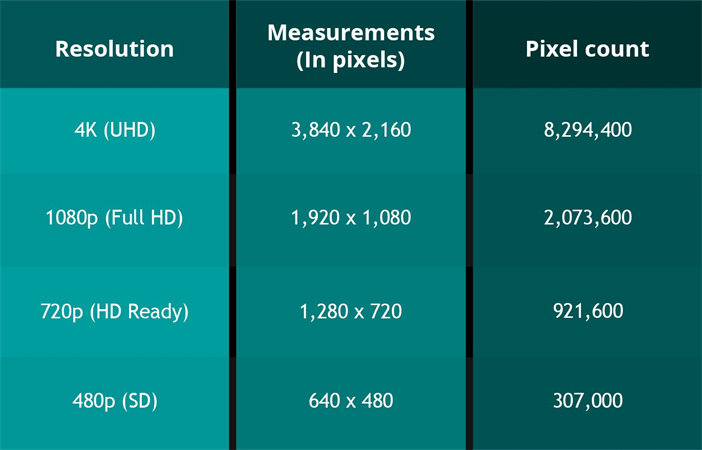
Simply put, video quality gauges the clarity and detail of video content. It hinges on the pixel count within a video frame. Videos with a higher count, like 4K or 8K, provide images that are sharper and more detailed, especially on bigger screens.
What is Video Format?
When you're saving a video and you see those little abbreviations like MP4 or MOV? Those are video formats, and they're like the game plan for your video file. They decide how the video gets squished down to a smaller size (that's the 'compression' part) and how it'll play back when you hit the play button. Each format is like a different recipe, and some are better suited for certain gadgets or software than others.
What is Video Aspect Ratio?

Aspect ratio is all about the width and height proportions of a video. For instance, the 16:9 ratio is a favorite for modern TVs and most online videos. In contrast, the older 4:3 ratio was a staple for classic televisions. While aspect ratio shapes the video's appearance, it doesn't dictate resolution. So, a 1920×1080 and a 1280×720 resolution can share a 16:9 aspect ratio, but they differ in pixel count.
Part 2. What Makes a Good Quality Video?
When you're talking about video quality, 'resolution' is the word that comes up a lot. It's all about how many tiny dots, or pixels, fit into the screen. Think of it like a puzzle; the more pieces it has, the clearer the picture. If you've ever heard the term '3840×2160 pixels', that's simply a fancy way of saying the video is 3840 pixels wide and 2160 pixels tall.
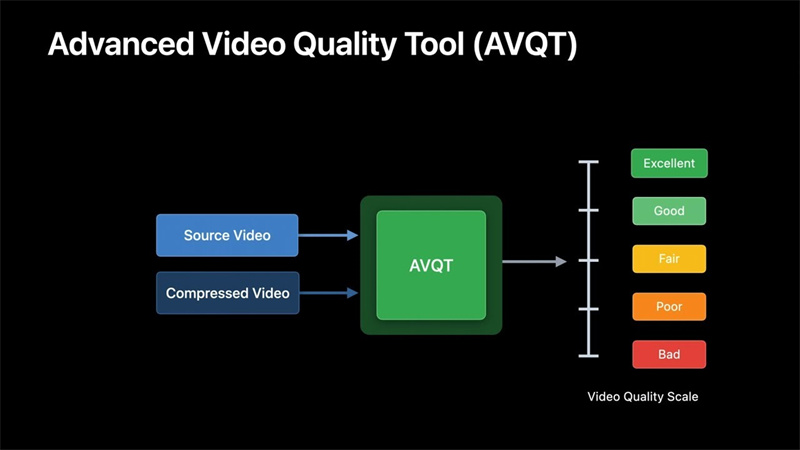
Ever heard of the word 'pixel'? It stands for 'picture element', and it's like the tiniest speck of paint on a canvas. The more of these specks you have, the more detailed your image is. That's why those 4K or 8K videos look so stunning, especially on big screens. But remember, a good video isn't just about the number of pixels. There are other behind-the-scenes heroes like how the video is compressed or its bitrate that play a big role too.
Aspect RatioThe aspect ratio is the ratio of a video’s width to its height. It doesn't dictate resolution but rather the shape of the video frame. Common aspect ratios include 4:3 (standard TV) and 16:9 (widescreen TV). Understanding the aspect ratio is crucial as it affects the final display of the video on various devices.
Progressive vs. Interlaced Videos'P' in resolutions like 480p, 720p, or 1080p refers to Progressive video, where both even and odd scan lines are displayed simultaneously, resulting in sharper videos. On the other hand, 'I' refers to interlaced video, a technology from the early days of television where even and odd scan lines are displayed in separate fields.
Different Types of Video Resolutions| Resolution | Name | Aspect Ratio | Pixel Size |
|---|---|---|---|
| SD (Standard Definition) | 480P | 4:3 | 640 x 480 |
| HD (High Definition) | 720P | 16:9 | 1280 x 720 |
| FUll HD (FHD) | 1080P | 16:9 | 1920 x 1080 |
| 2K video (Quad HD) | 2K or 1440P | 16:9 | 2560 x 1440 |
| 4K video or Ultra HD (UHD) | 4K or 2160P | 1:1.9 | 3840 x 2160 |
| 8K video or Full Ultra HD | 8K or 4320P | 16:9 | 7680 x 4320 |
There are various types of video formats quality resolutions, each offering different clarity and quality:
- Standard Definition (SD): 640 x 480 pixels, best for small mobile devices.
- High Definition (HD): 1280 x 720 pixels or 1920 x 1080 pixels.
- Full HD (FHD): Strictly 1920 x 1080 pixels.
- 2K Resolution (Quad HD): 2560 x 1440 pixels, used in advanced smartphones and gaming monitors.
- Ultra High Definition (UHD or 4K): 3840 x 2160 pixels, used for theatrical releases of movies.
- 8K Resolution: 7680 x 4320 pixels, very advanced and offers intense image quality.
Part 3. AI Video Enhancer That Produce High Video Quality Types
HitPaw VikPea (formerly HitPaw Video Enhancer) stands out as a top-tier video quality enhancement tool, leveraging advanced AI algorithms to upscale and enhance video quality. Here's a detailed look into its features and capabilities:
- AI-Powered Upscaling: The software can upscale videos from low resolutions like 480p or 720p to higher resolutions such as 4K and 8K. This is particularly beneficial for old videos or those shot with lower-quality cameras.
- Noise Reduction: HitPaw VikPea can effectively reduce background noise in videos, ensuring clearer and crisper visuals.
- Sharpening and Unblurring: Using pre-trained AI models, the software can detect and remove motion blurs and out-of-focus blurs, making videos sharper.
- Color Enhancement: The software can colorize black and white movies, bringing them to life with vibrant colors. Additionally, it offers a Color Enhancement Model to improve faded colors in videos.
- Frame Interpolation: This model can convert low frame rate videos to higher frame rates, ensuring smoother motion and clearer details.
- Stabilization: The Stabilize Model can detect and correct shaky footage, resulting in more stable and clear videos.
- Simple Interface: The software boasts a clean and intuitive interface, making it easy even for beginners to enhance their videos.
- Preview Without Watermarks: Users can preview the enhanced video before exporting, ensuring they're satisfied with the results.
Step 1. Download and Install
First things first, head over to HitPaw's official website to download the software. Once it's downloaded, follow the installation prompts to get it set up on your computer.Step 2. Upload the Video
Now that the software is installed, open it up. You'll see an option to import the video you want to improve. You can either click "Choose File" to browse for the video on your computer, or you can drag and drop the file right into the program window.
Step 3. Choose Your AI Model
HitPaw gives you a variety of AI models designed to handle types of video formats quality and specific enhancement tasks. These range from the General Denoise Model for reducing noise to more specialized ones like Animation Model or Face Model. Pick the one that best suits your needs.
Step 4. Preview and SaveOnce you've selected an AI model, hit the "Preview" button to check out how much the video has improved. If you're happy with what you see, click the "Export" button. This will save the newly enhanced video to your computer.

Part 4. FAQs of Video Quality Types
Q1. Is 480p a good quality?
A1. If you're thinking of 480p as "good," you have to consider what you're using it for. 480p is often called DVD quality, and it's the standard for older movies and some TV shows. While it won't look as crisp as newer, higher resolutions, it can still be acceptable, especially on smaller screens or if you're not sitting too close.
Q2. Is 720p full HD or 1080p?
A2. Let's clarify some terms here. 720p is High Definition (HD), but it's not Full HD. That designation goes to 1080p, which has a resolution of 1920x1080 pixels. So, when you're comparing the two, 1080p has a higher resolution and is generally considered better quality than 720p.
Q3. What video quality is higher than 4K?
A3. After 4K, the next step up is 8K. An 8K screen has four times as many pixels as a 4K screen. In numbers, that means the resolution jumps from 3840 x 2160 in 4K to 7680 x 4320 in 8K. With that many more pixels, you're getting a much clearer and more detailed picture. 8K TVs also usually have improved High Dynamic Range (HDR) capabilities, making colors more vibrant and lifelike.
Final Words
We've come a long way in terms of video quality over the years, moving from basic definitions to ultra-high-definition options like 8K. While 480p may be good enough for certain uses or smaller screens, there's no denying that video quality types and higher resolutions like 720p, 1080p, and 4K offer noticeably better quality. And as tech keeps getting better, our options for incredible viewing experiences will only expand. If you're looking to improve your video quality, you might consider using software tools like HitPaw VikPea. It could be a good way to bring your viewing experience up to the next level.












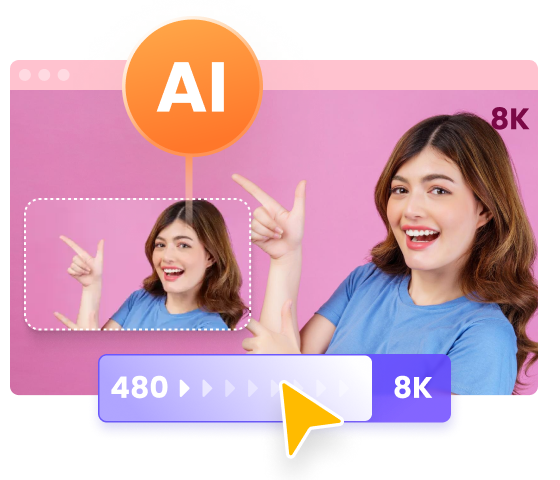
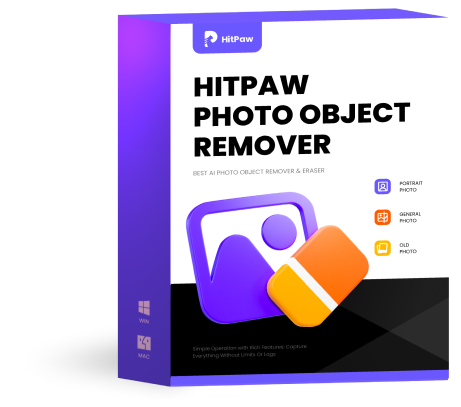 HitPaw Photo Object Remover
HitPaw Photo Object Remover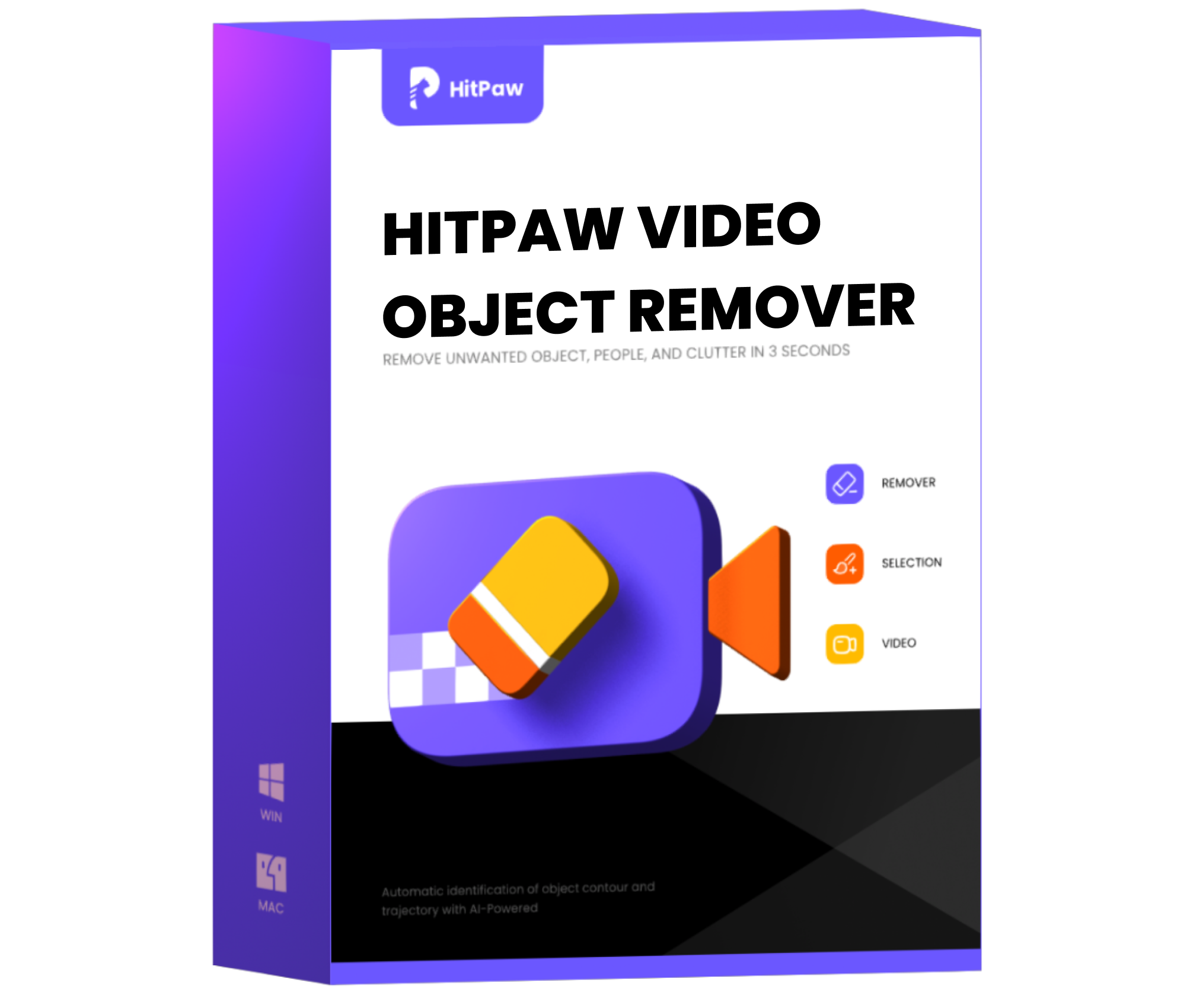 HitPaw Video Object Remover
HitPaw Video Object Remover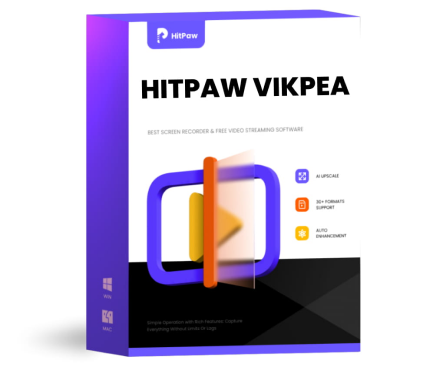 HitPaw VikPea (Video Enhancer)
HitPaw VikPea (Video Enhancer)


Share this article:
Select the product rating:
Daniel Walker
Editor-in-Chief
This post was written by Editor Daniel Walker whose passion lies in bridging the gap between cutting-edge technology and everyday creativity. The content he created inspires audience to embrace digital tools confidently.
View all ArticlesLeave a Comment
Create your review for HitPaw articles